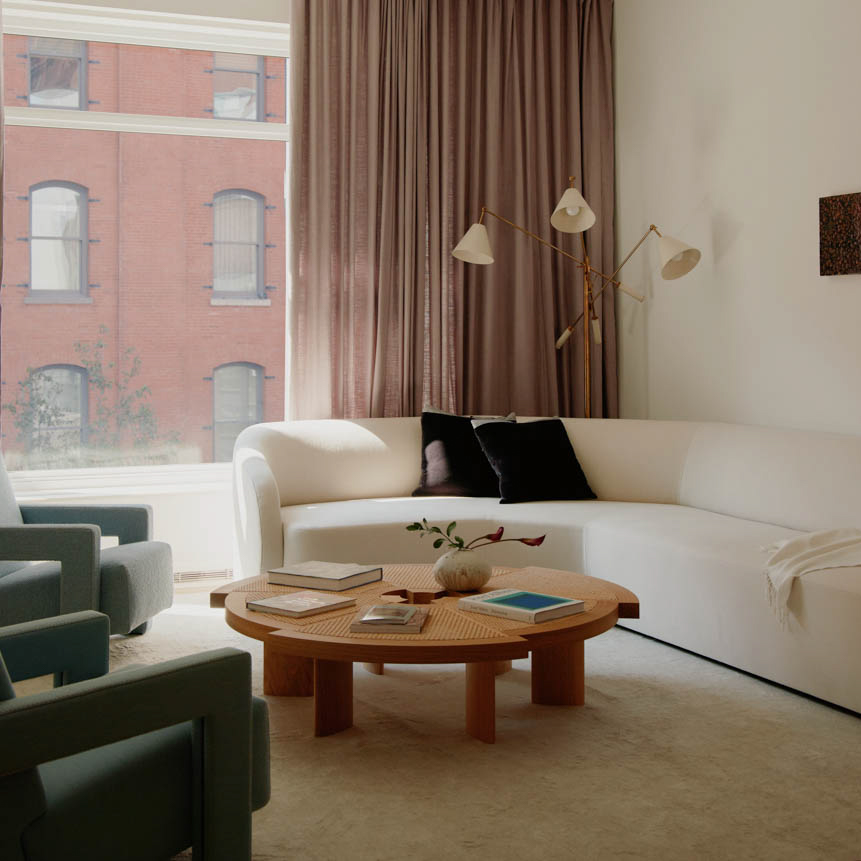Introduction
Japanese culture has long been known for its attention to detail, beauty, and minimalism, and this is reflected clearly in the design of Japanese light fixtures, which are both functional and aesthetically pleasing. If you are looking for a way to introduce some of this elegance into your home, then a Japanese light fixture may be exactly what you need. This article will explore the features of Japanese light fixtures, their history, and how you can use them to add a touch of Japanese-style sophistication to your home.
The Features of Japanese Light Fixtures
One of the most striking features of Japanese light fixtures is their simplicity. They are typically made from natural materials such as paper, bamboo, and wood, which give them a warm and organic feel. The paper used in Japanese light fixtures is called washi, which is a traditional paper that is both light and durable. The combination of the natural materials and the soothing glow of the light creates a tranquil atmosphere, perfect for unwinding after a long day.
Another important feature of Japanese light fixtures is their shape. Japanese design is known for its emphasis on geometric shapes, and this is reflected in the design of light fixtures as well. Japanese lamps tend to have simple shapes that are often inspired by natural forms such as leaves, flowers or branches. Some Japanese lamps also have intricate paper cut-out patterns that cast beautiful shadows on the walls when they are lit up.
The History of Japanese Light Fixtures
Japanese light fixtures have a long and rich history, dating back many centuries. The earliest Japanese light fixtures were made from bamboo and were used to hold candles. Over time, the design of Japanese lamps evolved and they became an essential part of Japanese culture. In traditional Japanese homes, light fixtures were not only valued for their practical use but were also seen as pieces of art. They were often made by skilled craftsmen who would take great care to create beautiful and unique designs.
One of the most famous types of Japanese light fixtures is the paper lantern, which has become an iconic symbol of Japan. Paper lanterns were first used in Japan during the Heian period (794-1185 AD) and were originally used in temples and shrines. Over time, they began to be used in homes as well, and different regions of Japan developed their own unique designs. Today, paper lanterns not only remain a popular lighting fixture in Japan but have also become a beloved decorative item around the world.
Using Japanese Light Fixtures in Your Home
If you are interested in incorporating Japanese light fixtures into your home, there are many options available to you. The first step is to decide which type of fixture would work best in the space you have in mind. Some popular Japanese light fixtures include:
- Paper lanterns
- Shoji lamps
- Bamboo lamps
Once you have chosen a fixture, you can think about where in your home to place it. Japanese lamps work particularly well in spaces with a minimalist decor, such as a study or meditation room. However, they can be used in any room where a soft, ambient light is desired.

